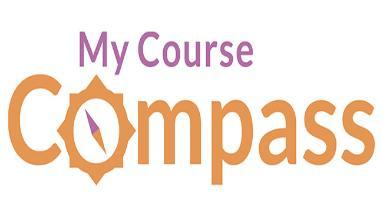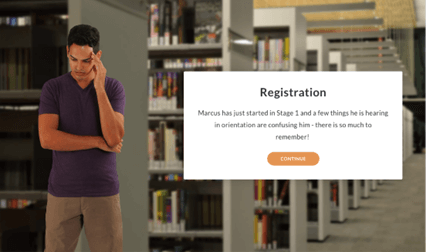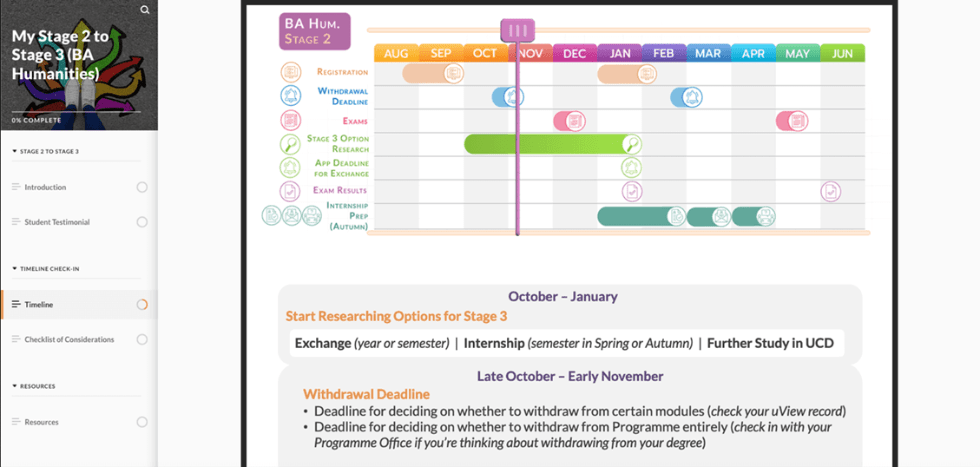Academic Advising in BA and BAH
Overview

This Academic Advising project has been funded through the HEA and the National Forum.
| PROJECT TITLE: | Transitions: Better Supporting BA and BAH Students to Make Key Programme Decisions |
|---|---|
| PROJECT COORDINATOR: | Associate Professor Jorie Lagerwey, Associate Professor Jaime Jones |
| COLLABORATORS: | Sarah Buckley, Tasneed Filaih, Jo Day, Joe Twist, Mary Farrelly, Amy Smith, Grace Delaney - Hansen, Simon Gray and numerous students in focus groups, interviews, and video testimonials |
| TARGET AUDIENCE: | All DN520 and DN530 BA Arts and BA Humanities students |
Background
We designed and created two Brightspace modules for the provision of centralised decision making, advice/support, registration, and programme guidance for BA Arts and BA Humanities students to refer to throughout their college experience. The goal is to reduce student stress, reduce stigma of asking for help, and to ultimately lower rates of non-progression and registration errors.
Given students’ preference for communicating via Brightspace, we created modules containing key information, decision-making tools, and points of contact, targeting all students to de-stigmatize asking for help and to provide essential information about programme structures and progression to minimise student confusion, stress, and registration errors. Student feedback heavily influenced the content included: guides to GPA, study abroad, selecting electives, etc.
The project exceeded initial plans in response to clear student needs and desires. Working with an eLearning design firm, we opted for informal language, foregrounded student voices, and excluded any to-camera staff presence in the module. To achieve value for money, we designed materials for durability by removing date-specific references or references to people in posts subject to change. In consultation with students, we discovered that most of the content they needed was common to all programmes, so we designed as much as possible to be usable in both Brightspace modules, with strong potential to be shared across the university.
Goals
Original objectives:
- Support BA students choosing subjects from stage 1 to stage 2.
- Advise BAH students choosing stage 3 experience from internships, study abroad, or UCD coursework.
- Create Brightspace modules that provide information on these decisions
Point 1 expanded after extensive student consultation indicated that a living resource/hub to which students could refer throughout their UCD careers was preferable to a once off module including only smaller scale advice. Because the project expanded enormously from the small proposed pilot group to all students on the College of Arts & Humanities’ two largest programmes, the testing will be done in 2022-23. Funding has been secured for that maintenance and evaluation via the CAH Support Fund, and staff are in place to carry out that work next year.
Refined learning outcomes were developed which will help with future evaluations:
- Identify the key decision-making points within your BA Humanities or BA Arts degree, the options available and the information sources relevant to those options.
- Evaluate your own personal decision-making style and approaches and relate it to your career.
- Explain the necessary requirements to successfully progress between stages of your degree and identify common pitfalls.
- Apply the different toolkits to set personal and academic goals for each stage of your degree.
- Relate your own decision-making processes to engaging student case studies and testimonials.
- Identify the key support staff and when to contact them.
The Innovative Approach
Students were engaged throughout the development and design processes via interviews, focus groups, video testimonials included in the final product, and as reviewers of key design elements during the project.
Looking ahead to the wider roll out of the modules in 2022-23, we will engage and train peer mentors to illustrate the modules to incoming first year students during orientation. We will also include the modules in all college orientation activities delivered by staff, and encourage the module coordinators of first year core modules to highlight the new resources to students during the first weeks of term. We will encourage any direct communication from individual Schools or programmes to refer students to these modules as a key resource for general information as well.
Results
Learning pathways for two Brightspace modules were produced with a number of interactive elements within each, see figure 1 and 2 below. A sample of the live timeline tool is also available.

Figure 1. The opening image of one interactive self-assessment quiz. Such quizzes throughout the module check students' knowledge with fun graphics (the characters make different faces and gestures depending on a student's answers) and simple questions. Each quiz ends with a direction to further resources both within and outside the modules.

Figure 2. The online version of this interactive timeline allows students to slide the purple tab across the academic year as information about key deadlines appears below. Each stage has a unique timeline that students navigate to with a large purple arrow (not visible in this draft).
The pathway was designed against clear learning objectives and learning outcomes. An introductory animation is nearly complete, the storyboard has been completed.
The interactive elements within the learning pathways were designed to help students achieve learning outcomes for the modules while conveying key information for students in a unique, fun and playful way. These elements include interactive timelines, animations, self assessment questionnaires, screencast video, student testimonial video and campus tour video. Some of these resources are contained within multimedia eLearning courses hosted in Brightspace and others are accessed directly from Brightspace.
Because of the compressed timelines of the project and the ambitious scope of the materials, the efficacy of the modules is not testable within the grant period. As stated above, we have additional funding, staff, and methods in place to complete testing and evaluation of the modules’ goals regarding student engagement and progression after the wide roll out of the modules in 2022-23.
Resources/Outputs
A dedicated project manager was absolutely essential, as was the excellent eLearning design firm, Cobblestone Learning. Staff across the university, from Registry to IT to Global, edTechs, administrators, students and teaching staff were all involved in the design and planning of these resources. Widest possible buy-in with durability of resources in mind would be essential for any similar project.
A launch event for My Course Compass (the final title for the resources created) is planned for Sept 2022. We would encourage VPTLs and UTLC colleagues to attend for an introduction to the resources created. Many individual elements (decision-making toolkits; screencast guides to SisWeb, e.g.) are applicable and shareable with the entire university community (shareability was written into the design contract). Where additional funding can be secured, and where existing materials are too CAH-specific, we highly recommend Cobblestone to adapt the resources they’ve created to other colleges.
Please see a one-minute introductory video below that welcomes students to My Course Compass. Please ensure you have cookies enabled on your browser to view the videos above. If you cannot see the videos, go to cookie preferences and allow targeting cookies.